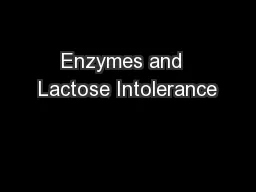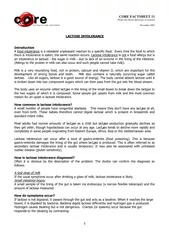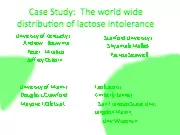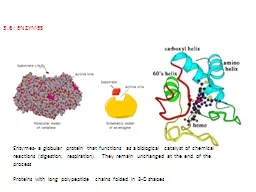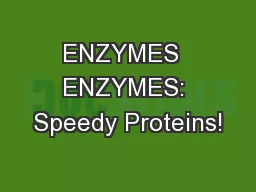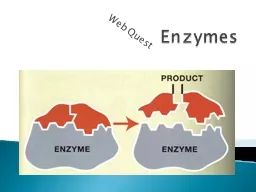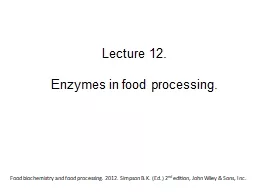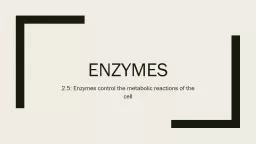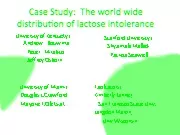PPT-Enzymes and Lactose Intolerance
Author : faustina-dinatale | Published Date : 2018-03-12
1 Please complete the Participant Card 2 Put your student hat on Experience the kit Put your teacher hat on Envision classroom use Curriculum integration Support
Presentation Embed Code
Download Presentation
Download Presentation The PPT/PDF document "Enzymes and Lactose Intolerance" is the property of its rightful owner. Permission is granted to download and print the materials on this website for personal, non-commercial use only, and to display it on your personal computer provided you do not modify the materials and that you retain all copyright notices contained in the materials. By downloading content from our website, you accept the terms of this agreement.
Enzymes and Lactose Intolerance: Transcript
Download Rules Of Document
"Enzymes and Lactose Intolerance"The content belongs to its owner. You may download and print it for personal use, without modification, and keep all copyright notices. By downloading, you agree to these terms.
Related Documents

